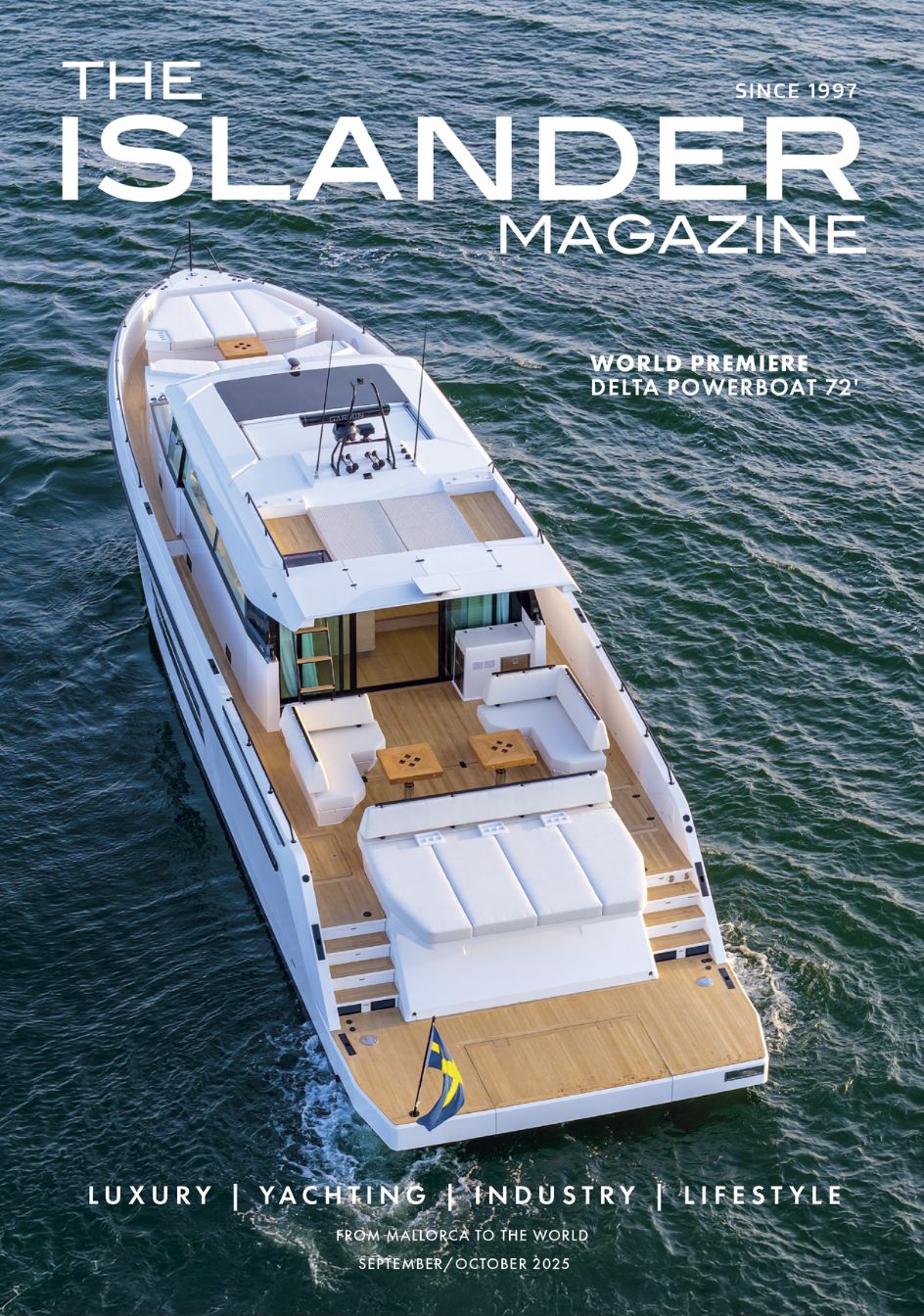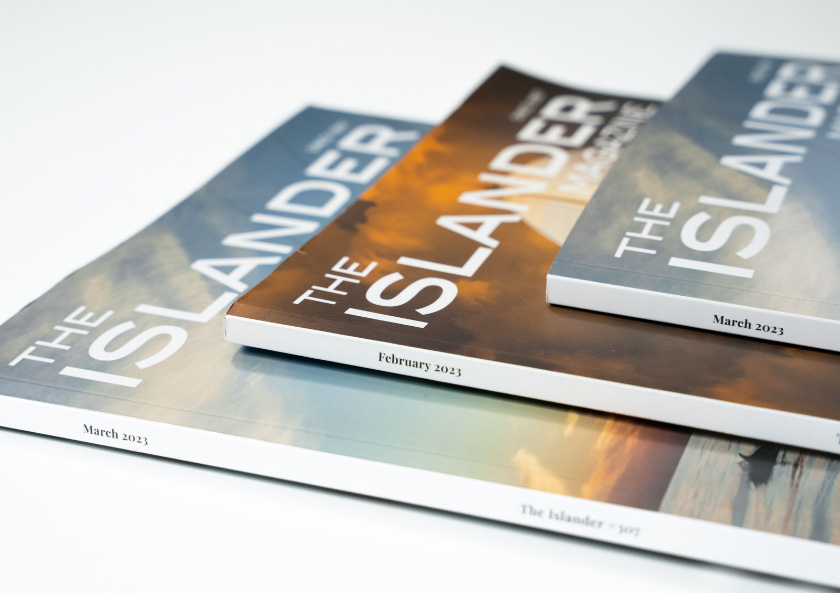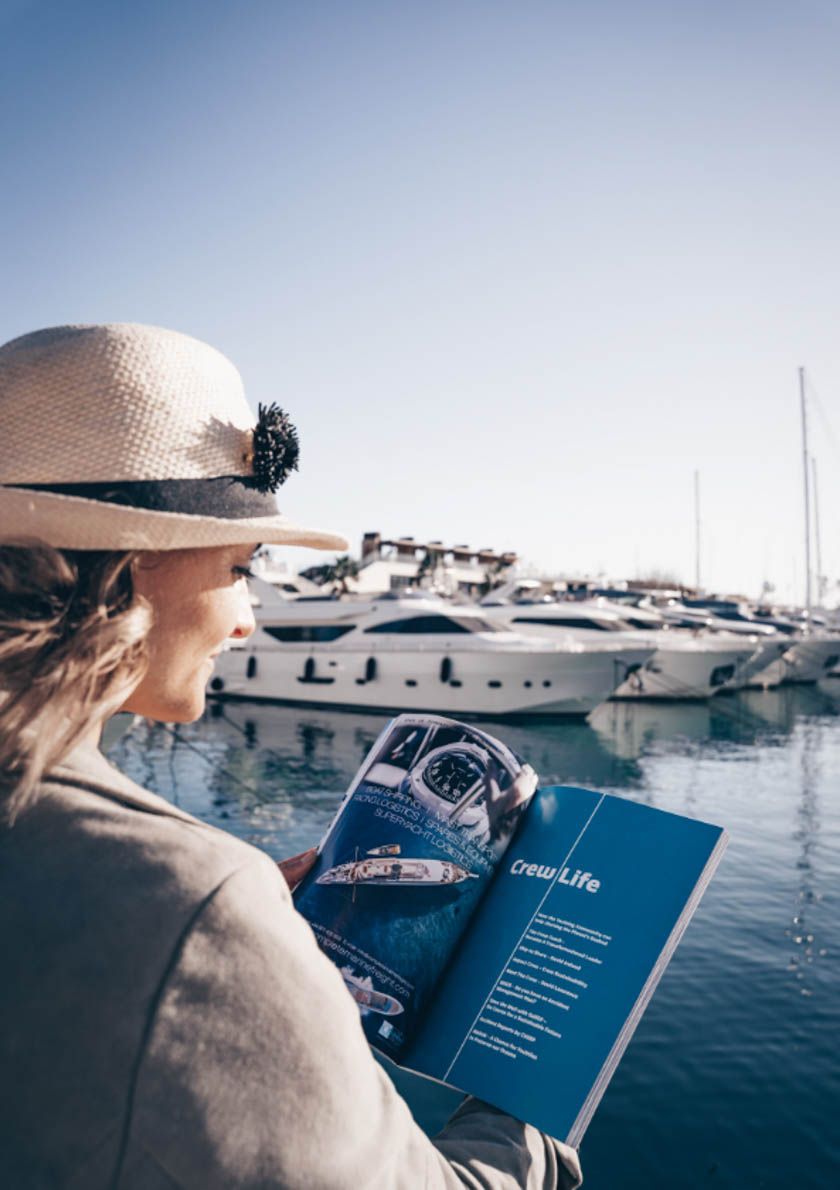In the last edition of The Islander we talked about toe injuries often sustained on board. This month we are going to take a look at the medial longitudinal arch and it´s relationship with the Navicular bone of the foot.
The Medial Longitudinal Arch is the inner arch of the foot involving many bones, ligaments and tendons to support it.
This arch is responsible for absorbing impact whenever we land on our feet be it from simply running or landing from a height off a gangplank.
Injuries to the arch are most usually caused by repeated stress, a fracture of a tarsal bone, tendon injury or a combination of all.
Congenital abnormality is another cause for consideration.
A dropped medial arch may also be known as Pes Planus (Flat Foot), AAFD (Adult Aquired Flatfoot Deformity) or PTT (Posterior Tibial Tendon) dysfunction.
The medial longitudinal arch is supported by the Calcaneus (heel bone) Talus (ankle bone) Navicular (top of the arch with the Talus) 3 Cuneiforms (small square shaped bones forming the mid foot) and the first 3 Metatarsals (which also contribute to the transverse arch of the foot)
Each articulation between every bone has its own ligaments and a capsule to hold in their “oil” of synovial fluid. There are also extra ligaments for each of the 3 arches of the foot. In the case of the medial longitudinal arch, the plantar calcaneonavicular ligament (aka Spring Ligament) absorbs much impact when running and jumping as the medial arch is stretched and flattens. The elasticity of this ligament then helps the arch to recoil back to its original shape.
The arch is also supported by the inside (Deltoid) ankle ligaments and tendons of the long muscles of the lower leg (Tibialis Anterior and Posterior and Peronaeus Longus)
Further support is given by the smaller muscles of the foot and the Plantar Aponeurosis which is a thick fascia and also helps prevent puncture of the sole of the foot.
A lot of anatomy goes into support our medial longitudinal arch which it not at all surprising considering the hammering we give our feet every day.
Recent tech has given us the ability to count our number of paces every day with most of us looking to reach 10,000 on the bracelet or watch in the effort to stay cardio fit but this read out does not take into account the force which goes through our feet and the stress we put them through.
The plantar calcaneonavicular (Spring) ligament may look pretty insignificant compared to the short and long plantar (yet more structures supporting the arch) however it provides the greater force to recoil the arch back into alignment.
While failure of the medial arch can be caused by many issues, injury to this
Spring Ligament and fracture at its distal attachment of the Navicular bone are most important to check as they are often overlooked or mistaken for plantar fasciitis.
Signs and Symptoms
Pain on weight bearing in the mid foot which is quickly relieved when the foot is elevated.
Pain on thumb pressure over the Navicular bone which is felt on the top of the foot on the Big Toe side.
Bruising on the underside of the foot may indicate a Navicular fracture or rupture of the calcaneonavicular ligament.
There may be a feeling of instability of the forefoot on weight bearing.
Immediate Treatment
As with all injuries, if you see swelling or bruising and feel pain then Ice Elevation and Compression are required in the first instance.
Proper footwear with arch supports or silicone insoles will cushion the arch.
Avoid all impact activities such as running or jumping and try to limit climbing stairs.
Not Getting Better
If symptoms do not improve then medical help will be required to ascertain the cause of the persistent pain.
Physiotherapy and Podiatry assessment will be required and an X Ray to check a possible fracture of the Navicular bone.
Your Physiotherapist may have reason to refer you to an Orthopaedic Specialist even if the X Ray looks to be negative for a fracture. Much like a fracture of the scaphoid bone in the hand (at the end of the thumb) the Navicular does not always show a fracture on X Ray and in this case a Magnetic Resonance Scan will be arranged.
Treatment
Should the problem prove to be a sprain of the Spring Ligament, then this can be successfully treated with a combination of Podiatry and Physiotherapy.
If the Navicular bone shows signs of fracture then a period in plaster cast will be necessary for up to 6 weeks.
If an MRI scan shows signs of a displaced or avulsion fracture such as occurs when the Spring Ligament pulls away from its attachment from the bone, surgery will be required followed by prolonged rehabilitation of up to 8 weeks post op.















0 Comments